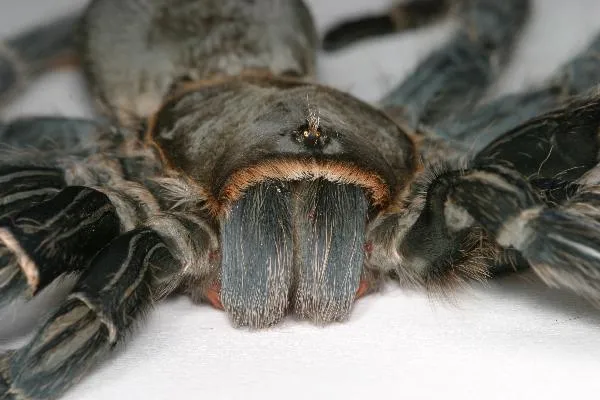Understanding Tarantula Molting vs Death
Owning a tarantula can be a fascinating experience, but it also comes with the responsibility of understanding their unique needs and behaviors. One of the most critical aspects of tarantula care is knowing the difference between molting and death. Molting is a natural process where tarantulas shed their exoskeletons to grow, while death is, well, the end. Because both can look similar to the untrained eye, knowing the signs of each is crucial for responsible tarantula ownership. Misinterpreting a molt for death can lead to unnecessary worry, while failing to recognize a genuine death can lead to delayed care. This guide will help you differentiate between these two states, ensuring the well-being of your eight-legged friend.
The Molting Process Demystified
Molting is how tarantulas grow. Their exoskeleton, made of chitin, is rigid and doesn’t stretch. As the tarantula grows, it outgrows its ‘skin,’ leading to the molting process. This involves the tarantula creating a new, larger exoskeleton underneath the old one. The process begins with the tarantula becoming lethargic and potentially refusing food. It might also start building a ‘molting mat’ of silk. Then, the tarantula flips onto its back, a vulnerable position, and the old exoskeleton splits open. The tarantula then slowly extracts itself, leaving behind the old shell. This process can take anywhere from a few minutes to several hours, depending on the size and health of the tarantula. After molting, the tarantula’s new exoskeleton is soft, and the spider is very vulnerable.
What Triggers Molting
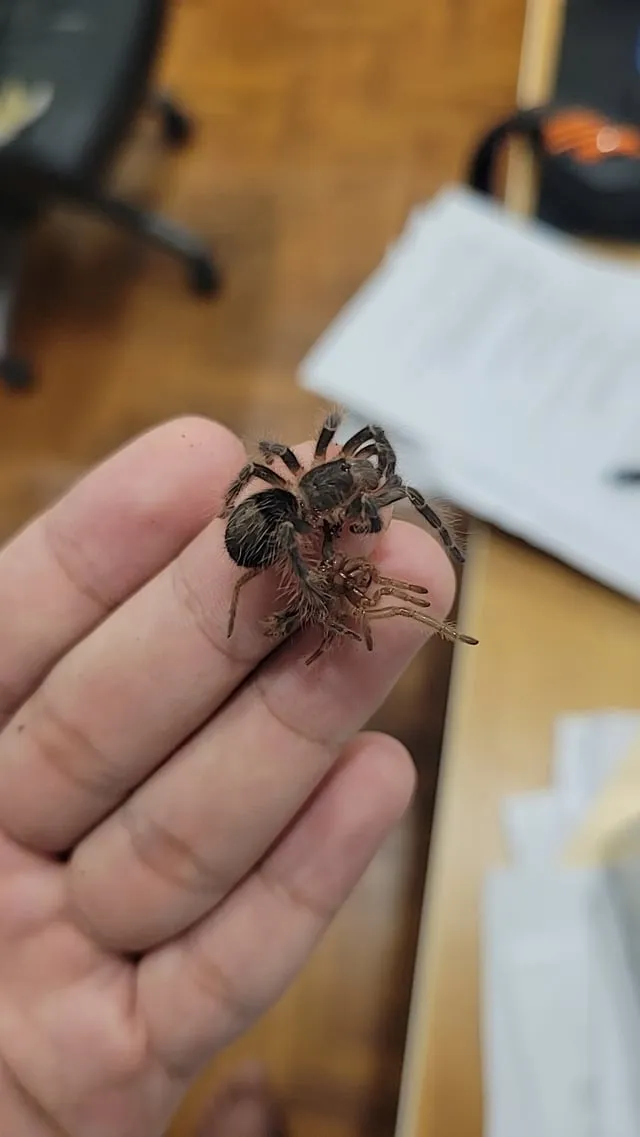
Several factors can trigger the molting process. The primary trigger is growth; younger tarantulas molt more frequently than older ones. They might molt every few months when they are young, while adults might only molt once a year or even less frequently. Environmental factors such as temperature and humidity can also influence molting. Providing a suitable environment, mimicking the tarantula’s natural habitat, is important for a successful molt. A stressed tarantula is less likely to molt successfully. Stress can be caused by poor environmental conditions, lack of food, or rough handling. Always ensure a stress-free environment, to allow the tarantula to prepare for molting.
Recognizing the Signs of a Molt
Knowing the signs of an impending molt is key to preventing unnecessary worry. The tarantula will generally become less active and might stop eating for days or weeks. It might also change its behavior, often spending more time hiding. You might notice the abdomen darkening or the color of the tarantula becoming dull. These are all indications that a molt is on the way. It’s important to avoid disturbing the tarantula during this time, as any stress can disrupt the process and potentially be fatal. Providing a calm, quiet environment and maintaining appropriate humidity levels will give your tarantula the best chance of a successful molt. Recognizing the preliminary signs is the first step.
Appearance of the Exoskeleton
Before the molt, the old exoskeleton may appear dull or faded. The tarantula may also look plumper than usual as it prepares to shed its skin. Sometimes, you can see the outline of the new exoskeleton forming underneath the old one, particularly around the leg joints. The tarantula’s body might appear stretched or elongated. These visual cues are some of the first indicators that molting is about to occur. Examine the tarantula closely, but avoid handling the spider or disturbing it excessively, as this could disrupt the process.
Behavioral Changes
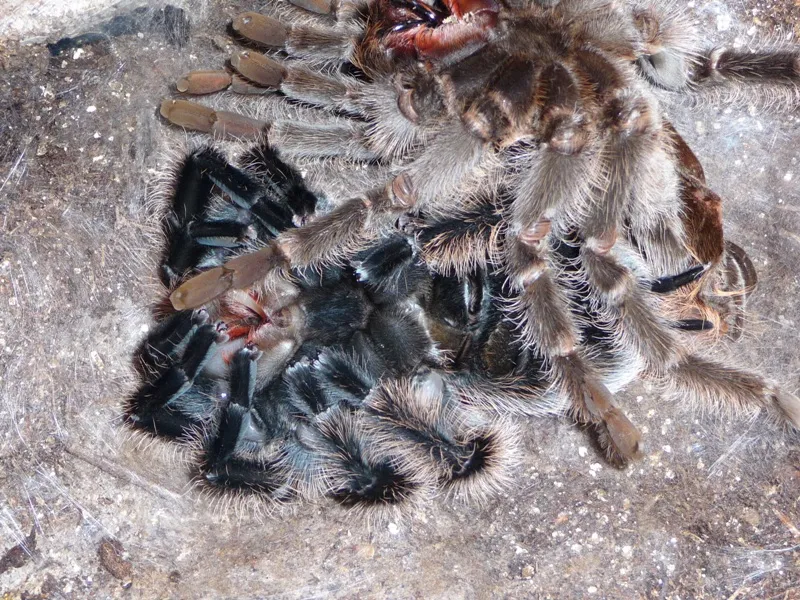
Behavioral changes often accompany the physical changes of molting. As mentioned, a tarantula will likely become less active, spending more time in its burrow or hiding spot. It might refuse food, even if it’s usually a voracious eater. Some tarantulas will seal themselves into their burrows or create a web mat in preparation for molting. When you see a tarantula spend most of its time inside of its enclosure or in a stationary position it may also mean that it is not molting but it is dead. If you observe these behavioral shifts coupled with other signs, it is likely that the spider is getting ready to molt, so it is essential to remain calm and patient. Be sure not to disturb your tarantula while it is preparing.
Preparing for a Successful Molt
To assist your tarantula during the molting process, you can take several precautions. Ensure the enclosure has proper humidity levels; this helps the new exoskeleton to form correctly. Avoid handling or disturbing your tarantula during this period, as this may cause stress. Provide a shallow water dish so the tarantula can hydrate. Remove any uneaten prey items to prevent them from bothering the tarantula. Keep the environment free of vibrations or loud noises. These simple actions significantly increase the chances of a successful molt. Patience is critical, so resist the urge to check on your tarantula frequently during the process.
How to Tell If Your Tarantula Is Dead
Distinguishing between a molting tarantula and a dead one requires careful observation. Several signs can indicate that a tarantula has passed away. If you’re uncertain, it’s always best to consult with a vet or experienced keeper. Incorrectly assuming that a spider is dead can lead to improper disposal, and assuming a molt is a death can cause unnecessary distress. There are some key differences to consider. Note that even if the spider appears dead, it might still be molting, so it’s essential to consider all the factors before coming to a conclusion. However, there are a few prominent differences.
Body Position and Posture
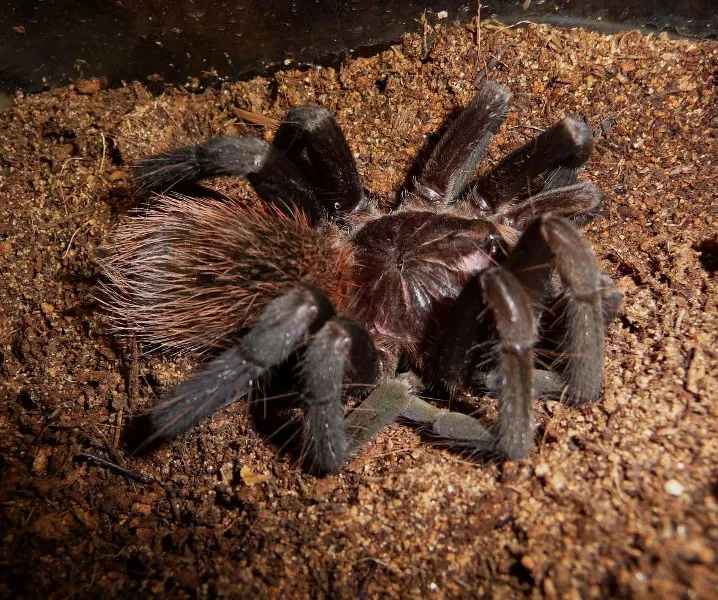
A dead tarantula usually doesn’t have any control over its limbs and its body will look unnatural. During a molt, the tarantula usually flips onto its back, and, even if motionless, its limbs will still appear somewhat flexed. In the event of a death, the legs are usually curled up tightly, and the body posture may be stiff or unnatural. This is one of the most noticeable distinctions between molting and death. The positioning, when coupled with other indicators, can offer a crucial initial assessment.
Lack of Movement and Responsiveness
A lack of any response to stimuli is a key indicator of death. Gently tap the tarantula’s enclosure or lightly touch the spider (if you can reach it without disturbing the molting process). A molting tarantula will usually twitch slightly, even if it’s already in its molting position. A dead tarantula will show no response. It’s important to be gentle when checking and to avoid handling the tarantula during this process. Also, consider that a tarantula preparing to molt may be in a deep state of rest; therefore, it may not react immediately. Therefore, consider other signs of death before concluding.
Color Changes and Discoloration
Another indication of death is a change in the tarantula’s color. After death, a tarantula’s coloration may fade or change. The vibrant colors will become dull, and the tarantula will begin to lose its luster. In certain cases, you might also see some discoloration of the abdomen. Again, this change is not always immediate, so you need to observe the other signs along with the color change. Monitor any other signs, as color alteration does not always mean death. Sometimes, during the molting process, the exoskeleton is going to look more pale.
Distinguishing Molt From Death
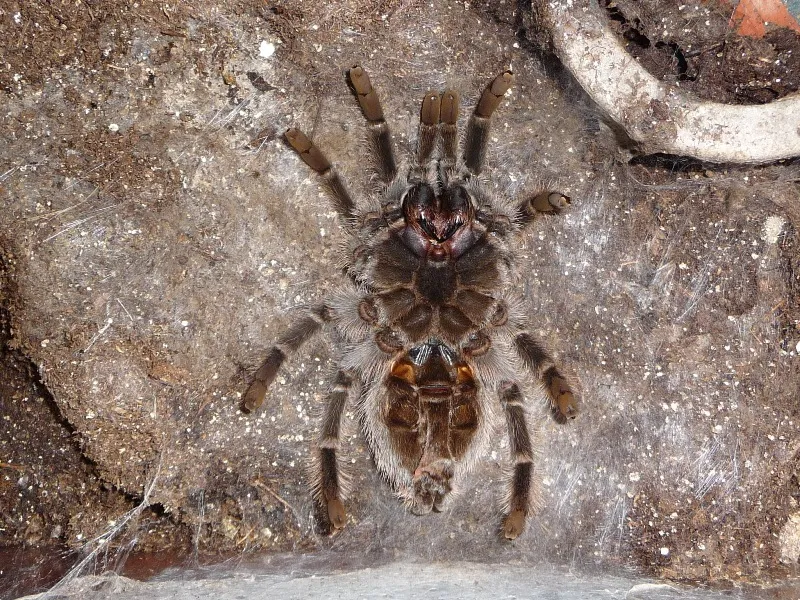
Differentiating between molting and death requires careful observation and attention to detail. Several factors can help you to discern the difference, and they can provide clues that will help determine if the spider is molting or not. The key is to consider all aspects of the situation, including the tarantula’s behavior, the environment, and the physical signs. Keep in mind that a combination of factors usually points to either a molt or death, rather than one single indicator.
Examining the Exuvium
If your tarantula has molted, you will find the old exoskeleton (the exuvium) in the enclosure. Examine the exuvium closely. Is it intact? Does it have the appearance of a complete spider, with all legs and pedipalps? If the exuvium is present and complete, it’s highly likely your tarantula has successfully molted. If there is no exuvium, the tarantula might still be molting, but there is also the possibility that it has died before the process was complete. When the tarantula is molting, the exuvium will be on the side of the spider. Examine the inside of the exuvium to see if it appears hollow or filled. This detail can offer further clues. Look for tears or damages on the exuvium.
Timeframe and Timeline
The timeframe also provides key insights. The molting process, from start to finish, can take several hours or a few days. If your tarantula has been in the same position for an extended period and hasn’t shown any signs of movement, it could be a sign of death. Dead tarantulas do not move. So keep track of how long the tarantula has been in a specific spot. Consider the tarantula’s behavior and the environment. If the tarantula has been preparing to molt, then it will begin to shed its old skin. The length of time that it has been immobile will help differentiate between a molt and death.
Post-Molt Care and Feeding
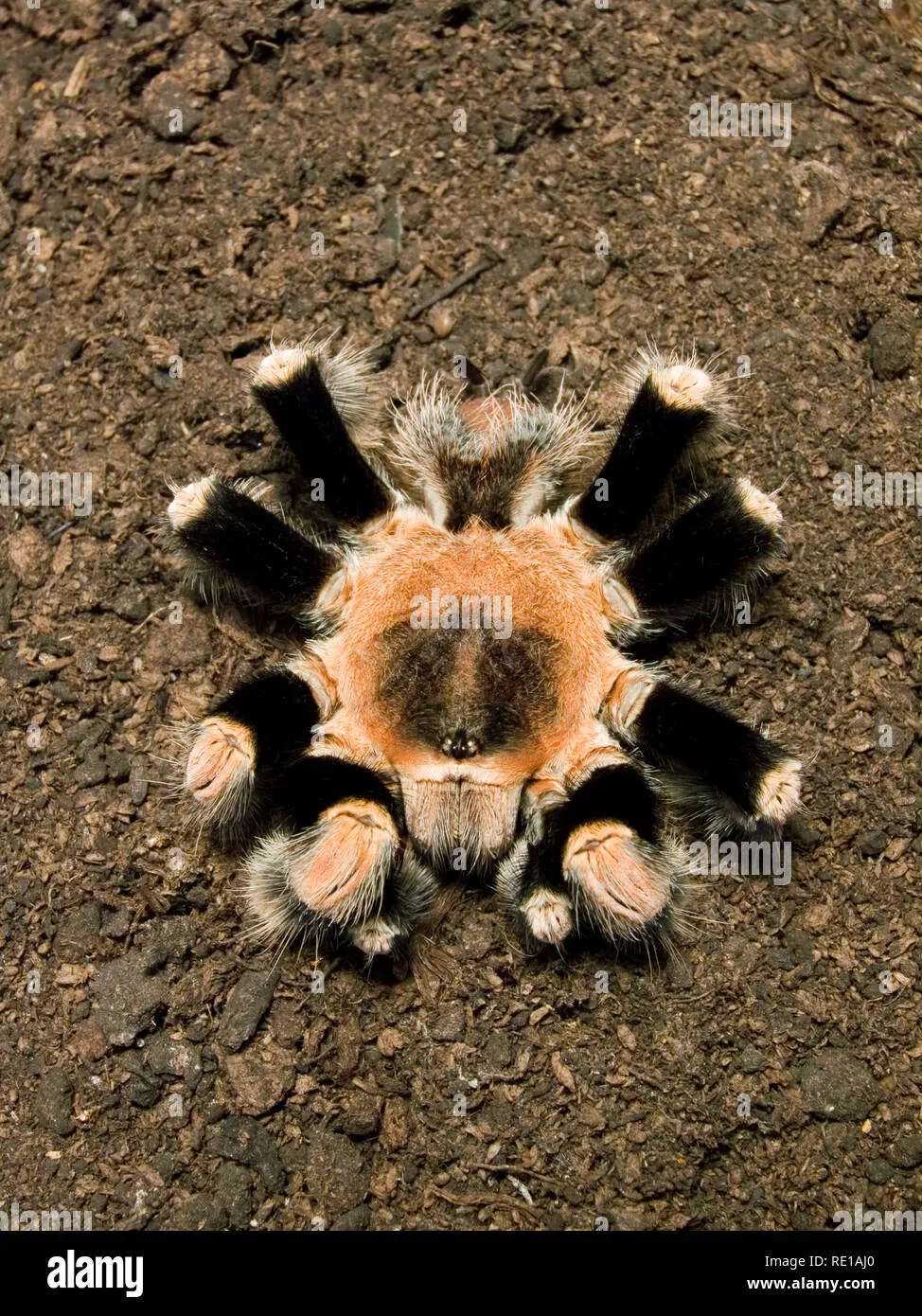
After a successful molt, the tarantula will be vulnerable, as its new exoskeleton is soft. Proper care during this period is essential to ensure the spider’s safety and well-being. It may take a few days for the exoskeleton to harden. If your tarantula has molted, you can usually offer food after a week. Remember that the spider will not eat until its fangs have hardened. Always give it time to recover and prepare for feeding.
Providing Water and Hydration
Adequate hydration is particularly important after molting. Ensure a shallow water dish is available at all times. If the tarantula’s enclosure is dry, then this increases the risk of the spider’s exoskeleton not hardening correctly. Mist the enclosure lightly to raise the humidity. Avoid direct spraying on the tarantula. Providing water will ensure that the tarantula can keep itself hydrated and help to harden its new exoskeleton. The correct water level will help prevent any possible issues during this time.
Offering Food
Once the tarantula’s fangs have hardened, you can start offering food. Wait at least a week after the molt to allow the tarantula to recover. Start with a small amount of prey, such as a cricket or a mealworm. Do not offer too much food at once, as the tarantula may not be ready to eat. Be sure to remove any uneaten prey items after 24 hours to prevent them from stressing or harming the tarantula. Feeding the tarantula slowly is ideal to allow it to acclimate to its new state.
